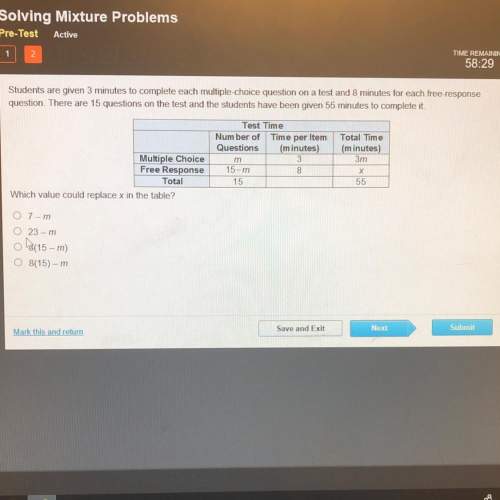f

Mathematics, 20.05.2021 17:20 zacksoccer8279
Let f : R → R and g : R → R be two (not necessarily continuous) functions. Suppose
that
f
−1
((a,∞)) = g
−1
((a,∞)) for all a ∈ Q.
Show that f(x) = g(x) for all x ∈ R

Answers: 2


Other questions on the subject: Mathematics

Mathematics, 21.06.2019 14:50, sherry59Sherry59
What is the vertex form of f(x) = x2 + 6x + 3
Answers: 2


Mathematics, 21.06.2019 23:40, afrimart1
Solve these problems: 1.what is the perimeter of an equilateral triangle with sides measuring 6cm? 2. a regular pentagon has sides measuring 3.2 cm. what is its perimeter? 3. a regular decagon has sides of 3.5mm . what is it’s perimeter? 4. a regular octagon has a perimeter of 64cm. what is the length of one of the sides? 5. a regular hexagon has a perimeter of 72mm . what is the length of one of the sides? 6. what is the perimeter of a rhombus with sides measuring 11m?
Answers: 2

Mathematics, 22.06.2019 01:30, 1963038660
Arectangle has a length of 6cm by 8cm what is the length of a diagonal of the rectangle
Answers: 1
You know the right answer?
Let f : R → R and g : R → R be two (not necessarily continuous) functions. Suppose
that
f
f
Questions in other subjects:





Mathematics, 28.05.2021 20:10

Mathematics, 28.05.2021 20:10


Chemistry, 28.05.2021 20:10


Mathematics, 28.05.2021 20:10




